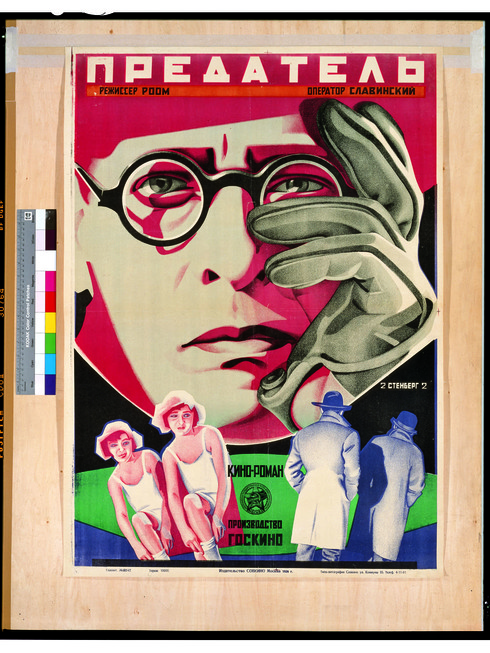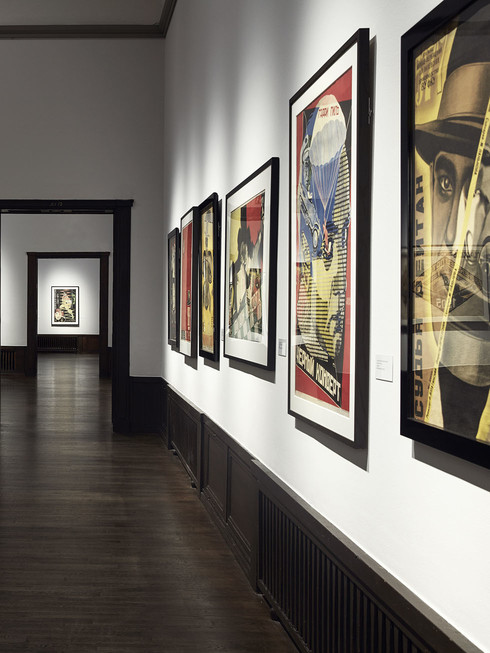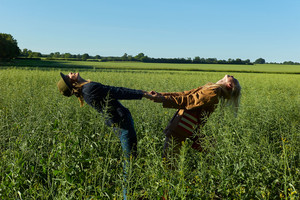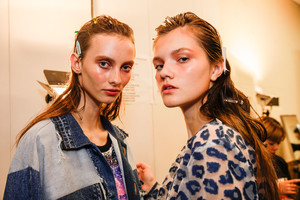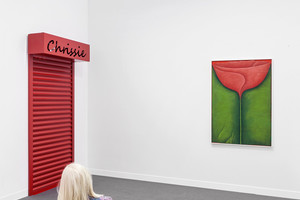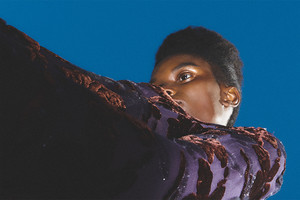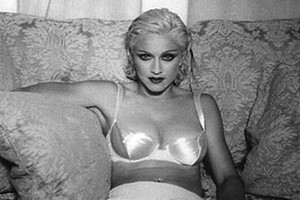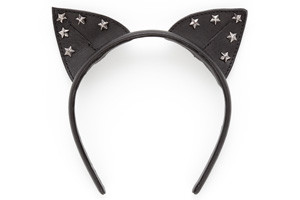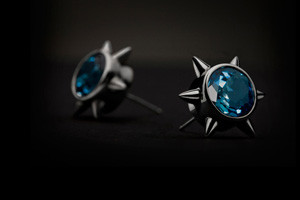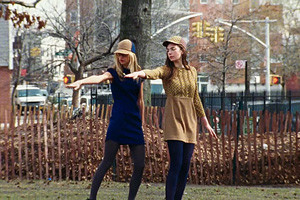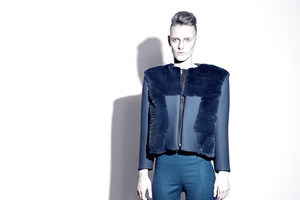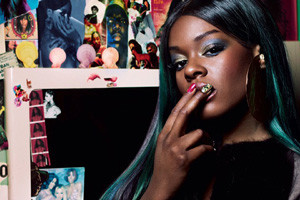Liljevalchs - Soviet Poster Art
Written by Fashion TalesLiljevalchs’ major autumn exhibition is an in-depth study of the Soviet Union of the 1920s. We will be presenting film and propaganda posters from a unique Japanese collection, produced during the brutal regimes of Lenin and Stalin by some of the foremost Soviet artists.
The 1920s was a golden era for Russian art, not least graphic art. The Russian avant-garde flourished, putting their mark on society and inspiring artists throughout the world. Film posters was the main genre of 1920s Soviet poster art and the major names are Vladimir and Georgii Stenberg, whose father was a Swedish decorative painter who arrived in Russia at the end of the 19th century and married a Latvian woman.
The majority of the artists represented in the exhibition were not primarily poster makers, but rather poets, painters or photographers. However, poster art was the medium above all others during the first decade of the Soviet Union and attracted major contemporary artists. The Stenberg brothers also worked with other artistic genres, mainly theatre stage design, but it was with poster art that they made a name for themselves. From 1924 and onwards, they produced some 300 film posters, characterised by an innovative idiom that differentiated itself from that of their international colleagues.
At the turn of the 21st century, Swedish documentary filmmaker Michael Stenberg became involved in an attempt to trace the father of the Stenberg brothers who had abandoned his family and returned to Sweden. In connection with his research, Michael Stenberg learned that many of the original Stenberg brothers’ posters were located in Japan, in the collection of the graphic and fashion designer and inveterate collector Ruki Matsumoto. Some years later he met Matsumoto whose gigantic collection comprised 20,000 posters.
Unfortunately, Ruki Matsumoto suffered a stroke and passed away before a project to make a documentary film about him and his collection got off the ground. One of Matsumoto’s last wishes was that his collection should remain intact and be displayed for art and graphic enthusiasts throughout the world. The exhibition at Liljevalchs is a contribution in realising his desire.
The exhibition is largely devoted to expressive film posters from the 1920s, by the Stenberg brothers and other masters of the genre. One gallery is dedicated to El Lissitzky, one of the major graphic artists of the time. In two smaller galleries propaganda posters with texts by Vladimir Mayakovsky are on display. Stage designers Ulla Kassius and Moa Möller have transformed Gallery 1 into an elegant cinema where visitors can sit comfortably in the armchairs and watch Dziga Vertov’s Man with a Movie Camera, a technically advanced 1929 avant-garde film that will be screened nonstop accompanied by newly-composed music by the British band In the Nursery.
In conjunction with the exhibition, a series of seminars discussing and highlighting subjects such as cinema in the interests of politics, the intense artistic enthusiasm during the time of the revolution and the possible connection between agitprop and today’s troll factories.
In addition, Cinemateket will screen ten silent films from the 1920s by major Soviet directors, including Sergei Eisenstein and Dziga Vertov. Accompanied by live music, the films will be screened in the Bio Victor cinema at Filmhuset, Stockholm. The series commences on 1 November.
12 oktober 2018 – 6 januari 2019

